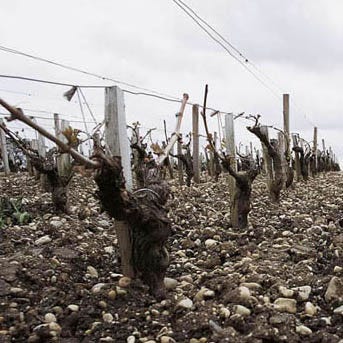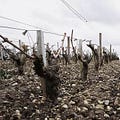Hot but not bothered – Phélan Ségur 2003

It's always interesting to re-taste the wines from Bordeaux's 2003 heatwave. There was much scaremongering at the time – the wines were flabby, they might fall apart before reaching maturity, they were largely atypical of the region, and so on. How enjoyable then, to taste Thierry Gardinier's classic, yet accessible St. Estephe, which has happily thwart…
Keep reading with a 7-day free trial
Subscribe to The Morning Claret to keep reading this post and get 7 days of free access to the full post archives.



